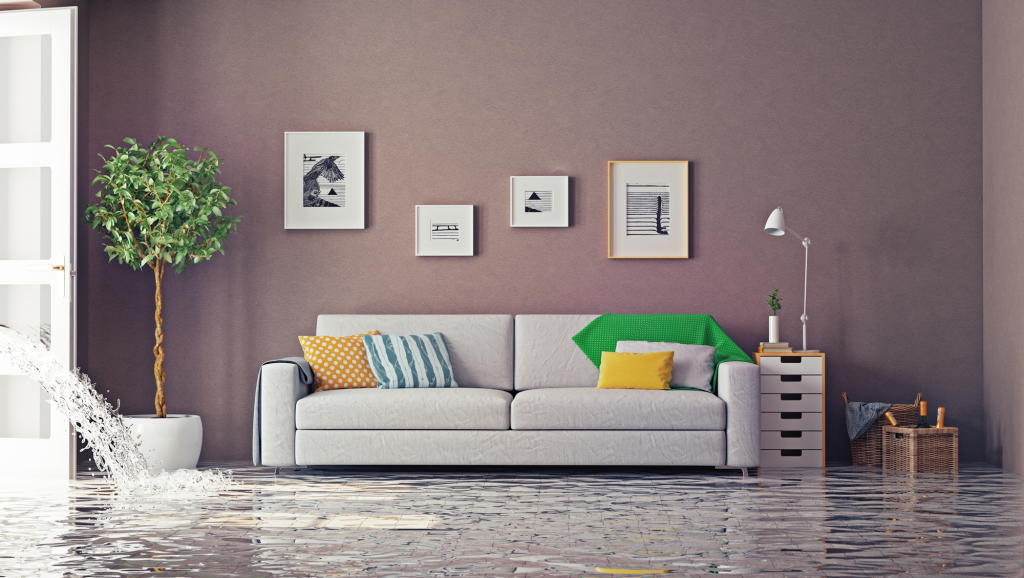Although every homeowner insurance company has been announcing to all their customers that floods are not covered under their policy, the question is continually raised; flood’s not covered? No, damage from flood water is not covered under your homeowner’s insurance policy. It is covered, however, under your Flood Insurance policy.
First, let’s discuss what flood damage is. Flood damage occurs when rising water from a rainstorm or windstorm causes damage to your home or its contents. The key word here is “rising”. Water from a storm that comes into your home through a window or a hole in your roof is not flood water. That water is coming down, not rising. It may be easier to understand flood water as “dirty” water. That is to say, it is water that has poured onto the ground and then has risen into your home or, water that has poured from a river or lake onto the ground and then into your home. It is dirty water.
Unless your home sits on top of a hill or mountain, you should purchase flood insurance. Almost 30% of flood insurance claims paid each year are for flood damage to structures that are not in a hazardous flood zone. Significant damage is caused by flood water resulting from the failure of the infrastructure in older neighborhoods where the infrastructure has not been maintained properly. If the water from rainstorms cannot go down, it will always rise and in many cases into homes and buildings.
Is it expensive?
Since flood insurance is provided through FEMA, the rates are very affordable compared to if the coverage was purchased through a private insurer. If your home or building is located in a “hazardous” flood zone, the rates will be significantly higher than if it were not. The rates for a dwelling in a hazardous flood zone depend on how much higher the structure was built than the “base flood elevation level”. This level is determined by the flood elevation survey and is provided on a flood elevation certificate.
The flood policies issued through FEMA have a maximum limit of $250,000 for dwellings and, therefore, your lender may require you to purchase “excess” insurance to accommodate the amount of the loan on your home. “Excess” flood insurance coverage is outside the National Flood Insurance Program, and can get quite expensive.
What’s covered?
Your home and your contents, that’s it. There is no coverage for outbuildings, shrubs or your land. If flood water destroys your yard and all your ornamental plants, you will have no coverage. There is also a deductible that reduces your reimbursement and must come out of pocket. Most flood damage is limited to, your floors and the coverings, your furniture that is on the bottom floor and the drywall that covers the walls in your home. Even if your garage is completely soaked, there is usually not much damage because the walls are normally bare and not covered with drywall. You squeegee the water out of your garage and get on with your life.
Where do I buy it?
Almost every insurance agency that offers homeowner’s insurance also offers flood insurance. If your agent does not discuss this with you when you inquire about homeowner’s insurance, you may want to seek out another agent. Although the purchase of flood insurance is ultimately the responsibility of the property owner, the agent has a responsibility of making you aware of the risk and helping you to mitigate it.
If you live in an area that does not participate in the National Flood Insurance Program, then you must obtain the coverage through a private insurer that should also be offered by your agent.
In almost every case, your home is the most valuable asset you own. It is usually encumbered by a mortgage which requires you to protect the collateralized asset and therefore overlooking this important coverage because your lender has not forced you to purchase it is simply not an excuse for refusing to invest a little more money to protect the most important asset in your lifetime.

